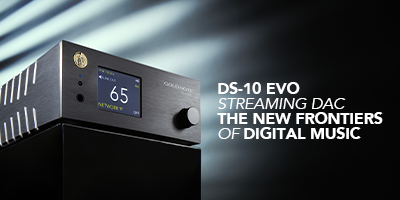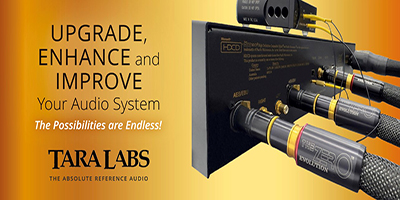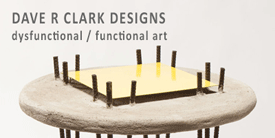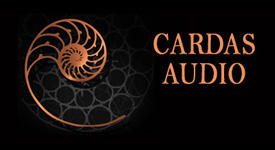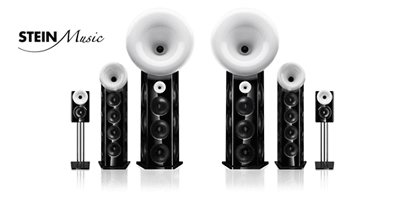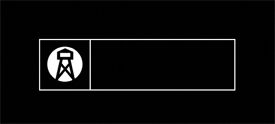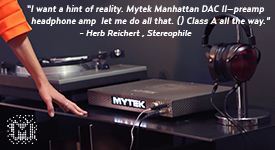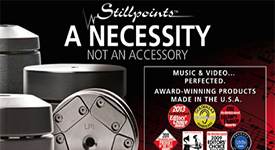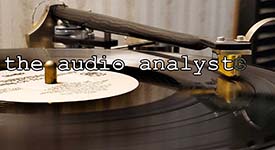That components complement would likely place my Coronas production circa 1957-1958, so they are now nearing seven decades old.
Before a pair of stereo loudspeakers became the standard during the stereo magnetic era of recording, enthusiasts at home listened monaurally with one loudspeaker.
Corona loudspeakers came into being during the time the transition from monaural to stereo listening was taking place in the 1950s, and listeners who had only one Corona in their monaural audio system typically ended up buying a second Corona so they could enjoy those newfangled stereo recordings.
In the vintage marketplace that monaural-to-stereo transition period reveals itself with pairs of Coronas having non-sequential serial numbers.
My pair of Coronas have non-sequential serial numbers, but the same components complement, so adding a second Corona to a monaural system to build a stereo system was the likely path the original owner followed.
Glenn of California's triangular Corona 832A cabinets.
The Altec 832A Corona cabinets are triangular in shape and were originally intended to be placed into room corners, so that they are out of the way in a room.
When Corona owners bought their second Corona loudspeaker, they typically put it in an adjacent room corner, rather than setting them up as a stereo pair located out into the room, like many North American audiophiles do with loudspeakers today.
This was one of the first implementations I am aware of in history of room-boundary positioning for a pair of loudspeakers (i.e. room corners).
Room boundary positioning of loudspeakers fell out of favor with audiophiles in North America as they shifted towards a rule of thirds/fifths positioning strategy for loudspeakers, placing their loudspeakers further out into rooms in order to maximize the visuospatial performance encoded in stereo recordings.
However, today room boundary positioning is making a big comeback, as more listeners are living in smaller spaces that make positioning loudspeakers out into a room an awkward invasion of living space. Room boundary positioning frees up more living space.
Also, there are a number of other advantages to room boundary positioning that we audiophiles have sort of forgot about.
Altec Corona loudspeaker with Duelund CAST crossover.
Placing loudspeakers designed for room boundary positioning into room corners minimizes acoustic issues of rooms, minimizing or eliminating the need for expensive room treatments to tame standing waves or other bugaboos that plague loudspeakers positioned out further into a room.
Also, with room boundary positioning, I’ve found that it enhances monaural recordings within their level of fidelity, by giving them a width, depth, height, imaging presence, and spaciousness more like I hear with recordings from the magnetic stereo era.
For rule of thirds/fifths positioning of loudspeakers, there tends to be a narrowing of soundstage width of monaural recordings between the loudspeakers, in comparison to room boundary positioning.
If you enjoy listening to recordings from the acoustic, electrical, and monaural magnetic eras of the recording arts as much as I do, room boundary positioning can be an important consideration.
With the rule of thirds/fifths positioning of loudspeakers, the soundstage tends to extend from the front plane of the loudspeakers back towards the front wall of the room. The bigger the room, the further out the loudspeakers are positioned in the room, and the greater the perception of spaciousness and soundstage is from recordings.
For example, my Tannoy Westminster Royal SE loudspeakers are positioned about 6.5 feet out from the front wall of my room, with about 9 feet between them, and about 4 feet from the sidewalls, which results in a big voluminous soundstage going from the front plane of the loudspeakers to back beyond the front wall, depending on the recording.
Room boundary positioning of loudspeakers can have the opposite effect. The soundstage can extend out from the front plane of the loudspeakers into the room.
With room boundary positioning there is also a room size effect on soundstage, and based on the three rooms I have loudspeakers setup in room boundary positions, the bigger the room, the further out the soundstage expands into the room, along with a greater sense of spaciousness from recordings.
The first time I became aware of how pronounced room boundary soundstage and imaging effects could be was when I was listening to the Audio Note (UK) Meishu 300B integrated amplifier with my room boundary positioned Altec A5 Voice of the Theatre loudspeakers in my A-V system.
On certain film soundtracks the soundstage essentially filled the entire room, with aural images appearing all around me. I was shocked by that and it made a lasting impression on me.
That visuospatial experience was brought back to mind with the Duelund-Corona 832A Project loudspeakers.
My master bedroom is 14' 8" wide, by 16' deep, and with 9' 1" ceiling. With my Coronas positioned in the room corners, the soundstage width for better recordings went from from sidewall to sidewall (14' 8"), extended out into the room a good 6 or 7 feet depending on the recording, and the room was filled with the ambience of the recording.
I didn't know that level of soundstage performance could be achieved with room boundary positioning of loudspeakers, so I was mightily impressed.
Essentially, the portrayal of visuospatial effects with the Corona loudspeakers in room boundary positions are almost in the range that I hear from my Westminsters in a larger room, which are positioned in the orthodox audiophile way out into the room.
The icing on the cake with my Coronas is that soundstage performance is not listening position-dependent, and I can sit anywhere in the room— or even lie in bed— and still get the same sort of soundstage performance.
Loudspeakers’ crossovers need to be optimized for room boundary placement to realize the full benefit of that positioning strategy, so you can’t really take any pair of audiophile loudspeakers and plop them into the corners and expect them to work well.
Optimizing loudspeakers for room boundary placement, or any positioning strategy in rooms, is easy to do. All one needs are crossovers with variable high-frequency attenuation with about a 6 dB span, which allows for balancing the low and high-frequency drivers’ energy output for whatever room or location they are in.
Altec knew their loudspeakers’ crossovers had to be adjustable in order to provide high-fidelity sound quality for the widely varying installation needs of movie theaters, concert venues, and recording studios.
Fortunately for us, Altec also included pro-style crossover adjustability in their loudspeakers designed for home audio, as with the N800E crossovers for the Corona 832A loudspeakers.
Please click on the link below to go to the next page.

